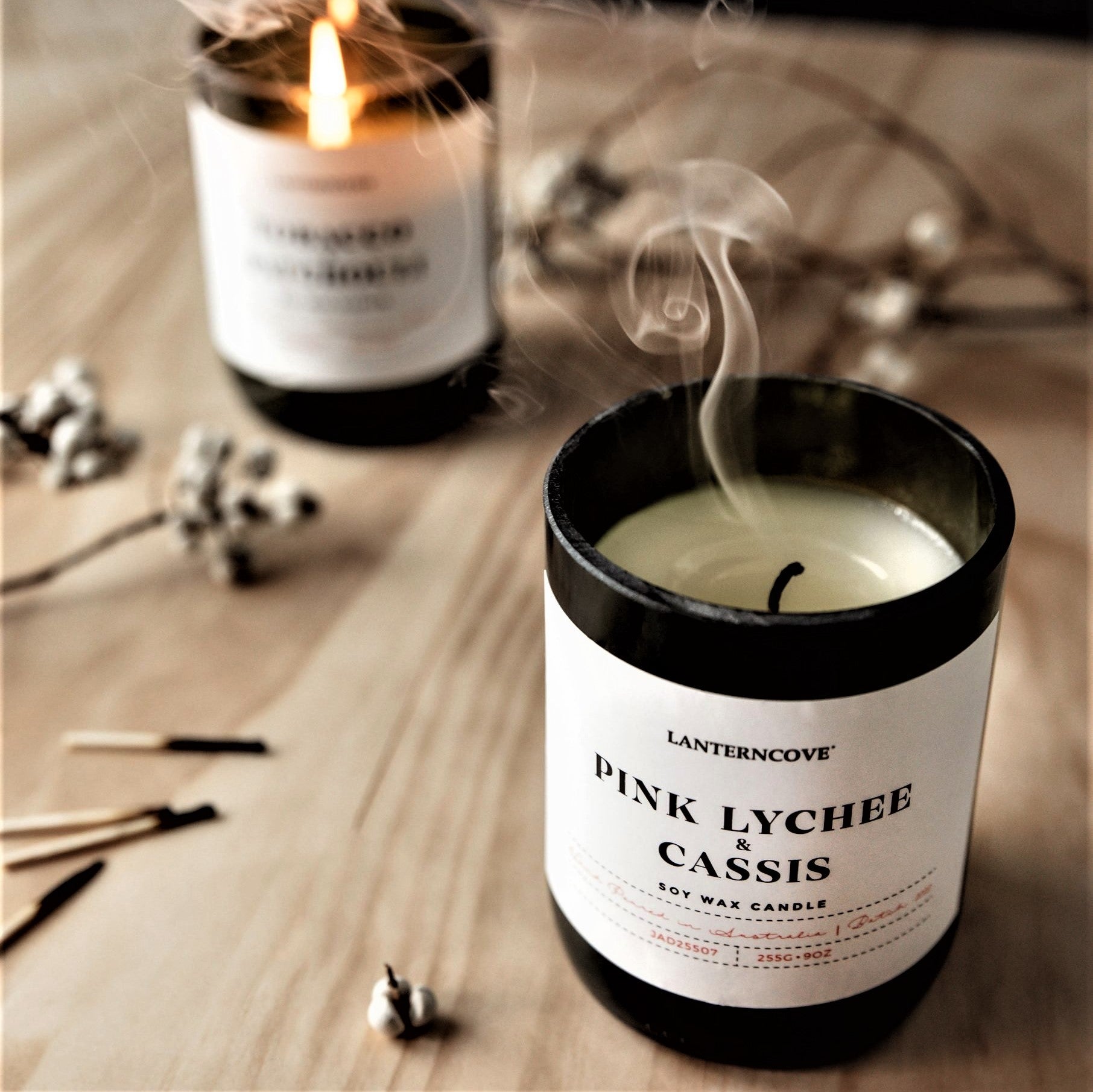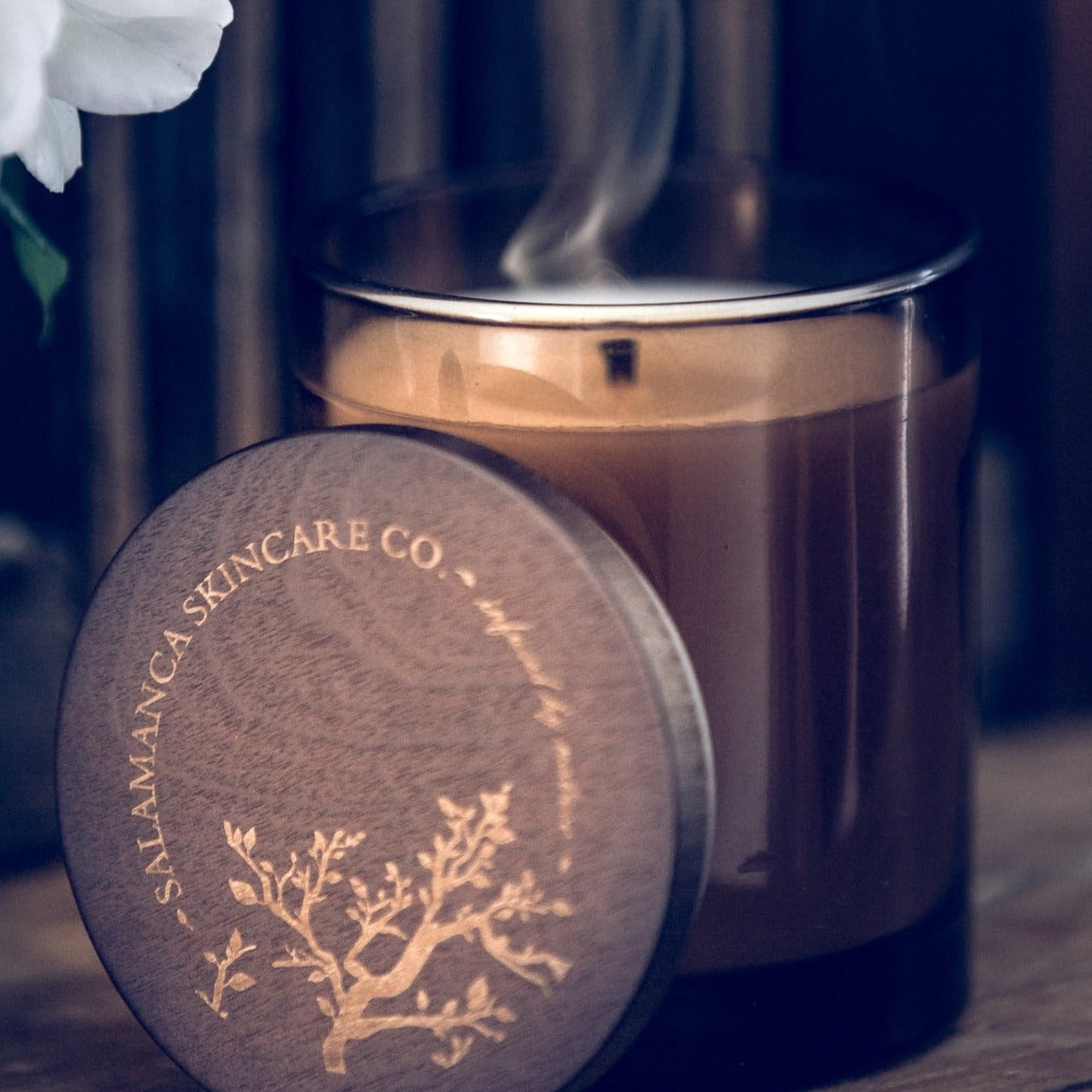Infuse Your Home with the Aroma of Crystal Soy Candles and Home Fragrance
Infuse Your Home with the Aroma of Crystal Soy Candles and Home Fragrance
Blog Article
From Wick to Wax: Recognizing the Chemistry Behind Soy Wax Candles and Their Environmental Effect
As we brighten our areas with the cozy glow of candle lights, there lies a world of intricate chemistry behind the relatively simple act of lighting a soy wax candle. Join us as we decipher the scientific ins and outs behind soy wax candles and explore their ramifications on our setting.
Soy Wax Vs. Paraffin Wax
When comparing soy wax and paraffin wax for candle making, it is necessary to understand the distinct features and advantages of each material. Soy wax is an all-natural, eco-friendly resource stemmed from soybean oil, making it biodegradable and environmentally friendly - home fragrance. On the other hand, paraffin wax is a by-product of petroleum refining, which increases issues regarding its environmental effect and sustainability
Soy wax candles melt cleaner and discharge less soot compared to paraffin wax candle lights, making them a healthier selection for interior air high quality. Furthermore, soy wax has a reduced melting factor, permitting a longer-lasting candle that spreads scent better. Paraffin wax, on the other hand, often tends to burn faster and less easily, possibly releasing unsafe chemicals right into the air.
From a sustainability perspective, soy wax is favored for its biodegradability and renewable sourcing, lining up with the expanding customer choice for eco mindful products. While paraffin wax has actually been a standard selection in candle light making as a result of its cost and ease of usage, the change in the direction of environmentally friendly alternatives like soy wax is getting energy in the industry.
Chemical Structure of Soy Wax

Combustion Refine in Soy Candles
The chemical make-up of soy wax directly influences the burning procedure in soy candles, influencing variables such as shed time, fragrance launch, and environmental effect. When a soy candle light is lit, the warm from the flame melts the wax near the wick.
The combustion efficiency of soy candles is affected by the purity of the soy wax and the quality of the wick. read this A clean-burning soy candle light with a correctly sized wick will produce a constant fire and decrease residue development. This not only expands the shed time of the candle light but also boosts the launch of fragrances. Furthermore, soy wax candle lights have a reduced environmental influence contrasted to paraffin candles as a result of their sustainable and eco-friendly nature.

Environmental Benefits of Soy Wax

Thought about a lasting option to standard paraffin wax, soy wax provides notable ecological benefits that make it a preferred selection amongst eco-conscious customers. Soy wax burns cleaner and creates much less residue than paraffin wax, contributing to far better indoor air redirected here top quality and reducing the demand for cleansing and upkeep. In general, the ecological benefits of soy wax line up with the growing need for green and lasting products in the market.
Recycling and Disposal Factors To Consider
Recycling and proper disposal of soy wax candles play a vital function in maintaining ecological sustainability and minimizing waste in families and communities. When it concerns recycling soy wax candles, the initial step is to ensure that the candle has shed totally. This can be achieved by permitting the candle light to shed up until the wick is no longer functional, and after that letting the remaining wax cool and strengthen. Once the wax has solidified, it can be carefully gotten rid of from the container.

In terms of disposal, if recycling is not an option, soy wax candle lights are eco-friendly and can be securely gotten rid of in most house waste systems. It is constantly advised to inspect with regional recycling facilities or waste management services for specific standards on candle light disposal to guarantee correct handling and ecological defense.
Conclusion
In verdict, the chemistry behind soy wax candles reveals their ecological benefits over paraffin wax candles. Soy wax, acquired from soybean oil, burns cleaner and generates much less soot when contrasted to paraffin wax.
When comparing soy wax and paraffin wax for candle light making, it is vital to recognize the distinct qualities and advantages wikipedia reference of each material (soy candles).Soy wax candles burn cleaner and release much less soot contrasted to paraffin wax candles, making them a healthier option for interior air quality.Considered a lasting choice to conventional paraffin wax, soy wax supplies significant ecological advantages that make it a preferred option amongst eco-conscious customers. Soy wax burns cleaner and creates less residue than paraffin wax, adding to far better indoor air top quality and minimizing the need for cleaning and maintenance.In final thought, the chemistry behind soy wax candles discloses their environmental benefits over paraffin wax candles
Report this page